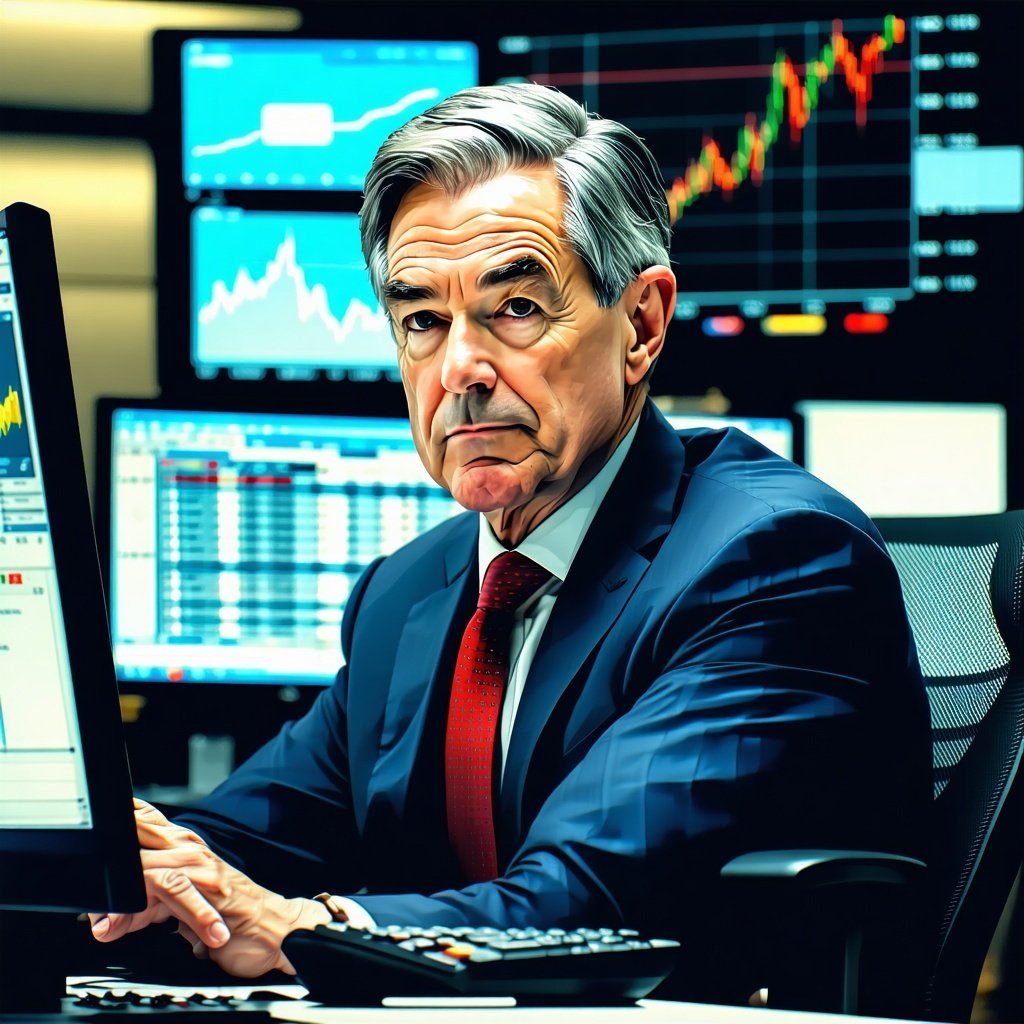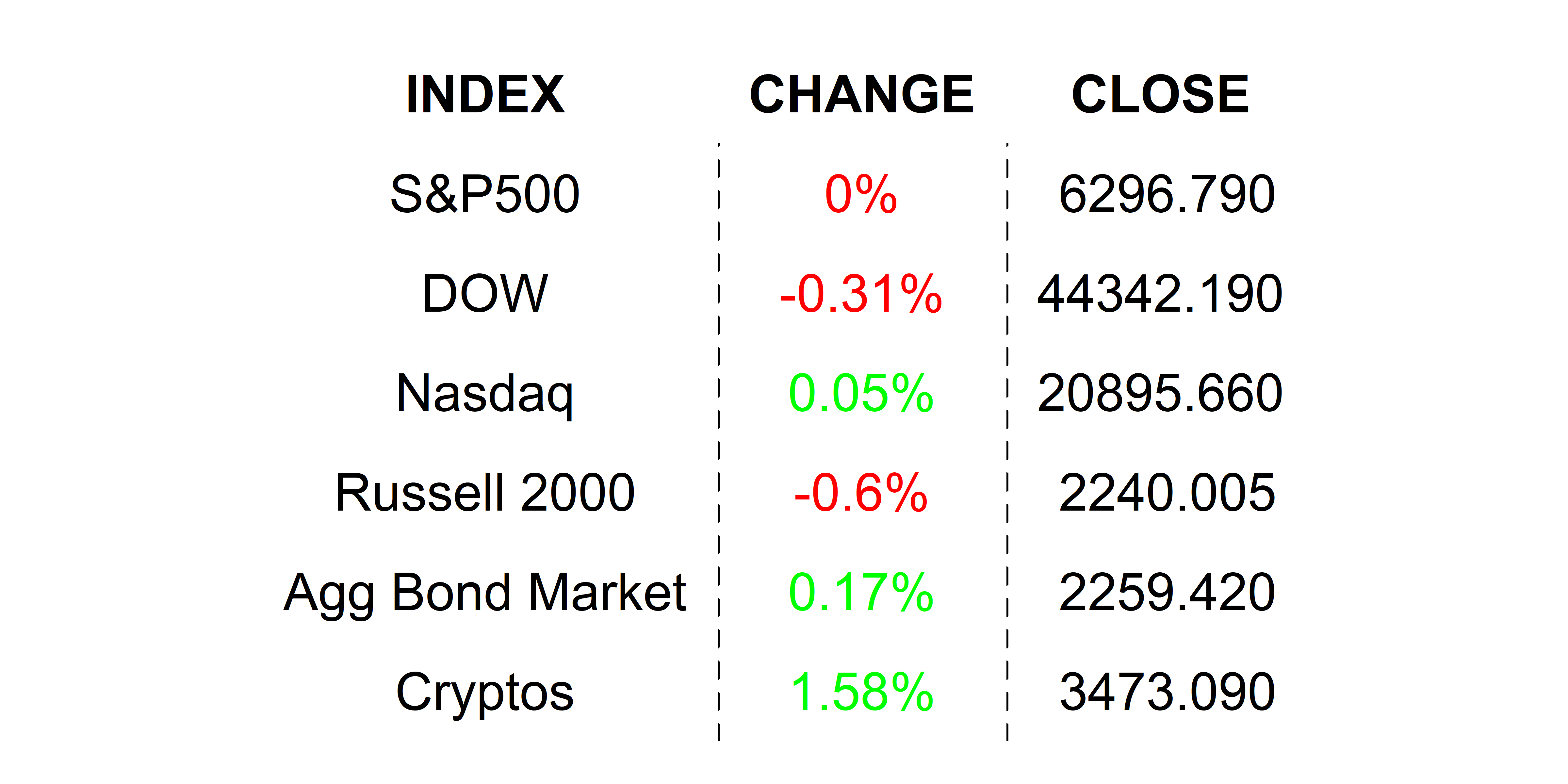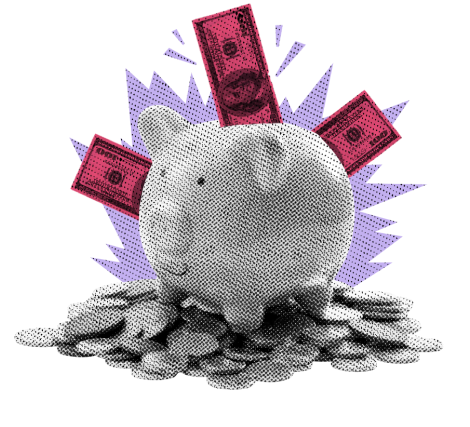
Rate cuts are coming—but not for the reasons politicians hope. Here’s what Powell may really be watching.
KEY TAKEAWAYS
MY HOT TAKES

NEXT UP
DOWNLOAD MY DAILY CHARTBOOK HERE 📈
.png)

